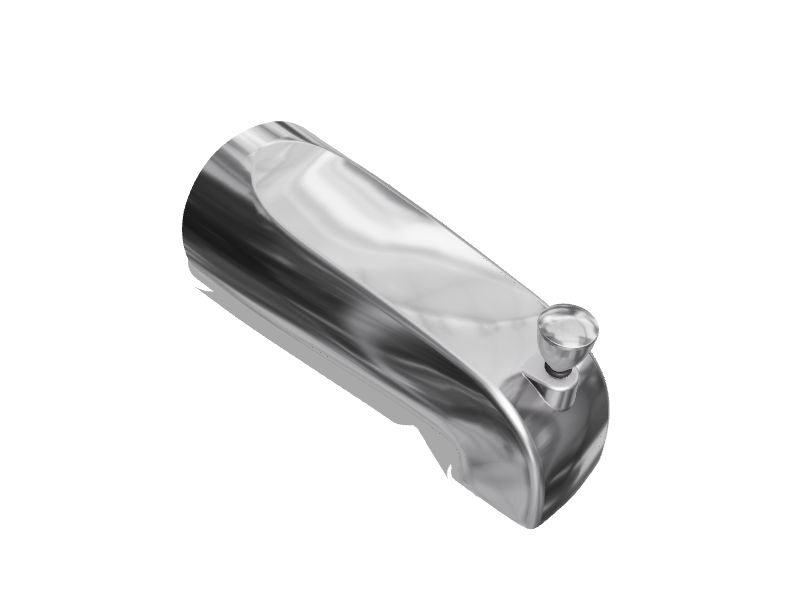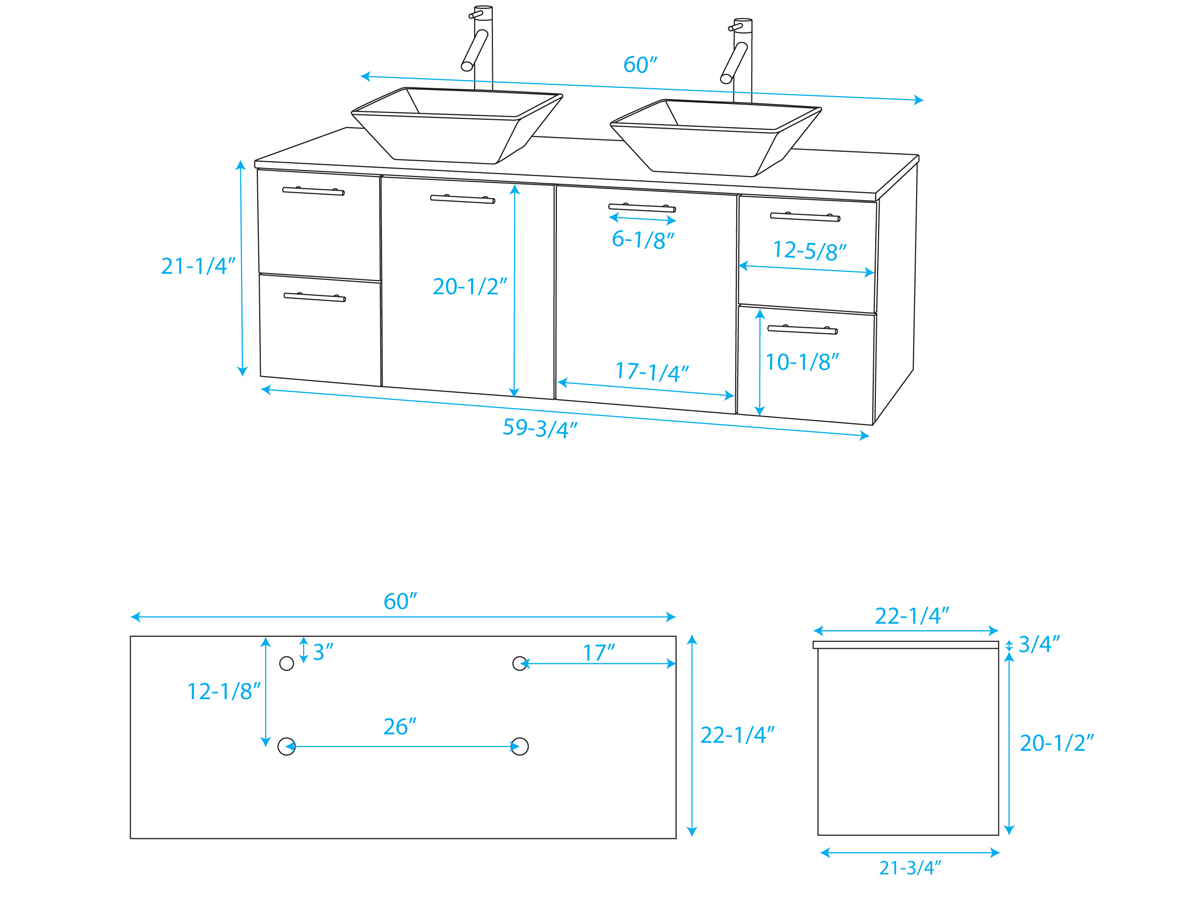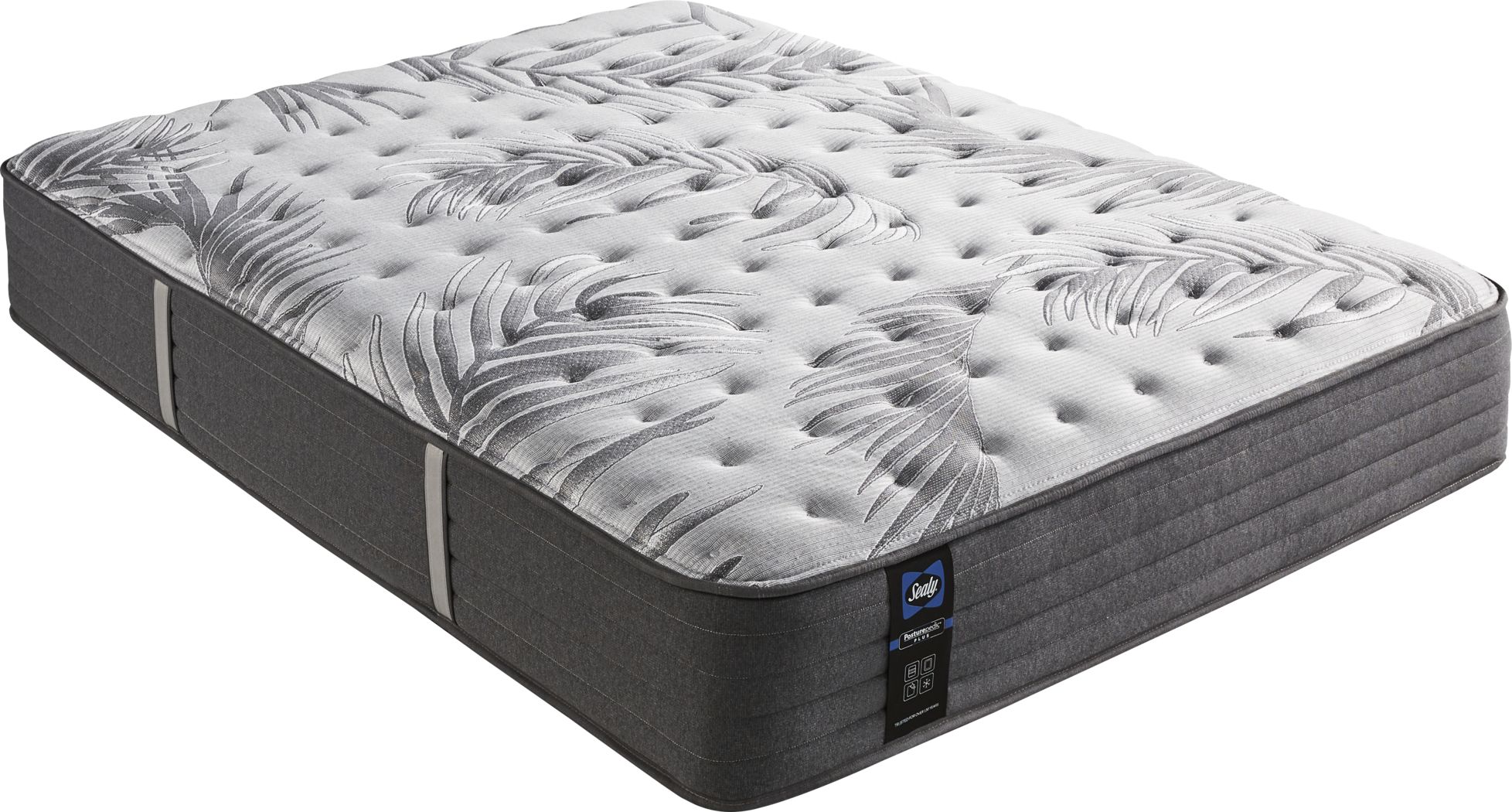Delta Bathroom Sink Faucet Replacement: A Step-by-Step Guide
Replacing a bathroom sink faucet may seem like a daunting task, but with the right tools and knowledge, it can be a simple and rewarding DIY project. In this guide, we will walk you through the process of replacing a Delta bathroom sink faucet, one of the most popular and trusted brands in the market. So, let's get started!
How to Replace a Delta Bathroom Sink Faucet
Before we begin, make sure to turn off the water supply to your sink. This can usually be done by turning the shut-off valves under the sink clockwise. Once the water is turned off, you can start removing the old faucet.
Step 1: Remove the Old Faucet
Use a wrench or pliers to loosen and remove the nuts and bolts that hold the faucet in place. Once they are removed, you can lift the old faucet off the sink.
Step 2: Prepare the Sink
Thoroughly clean the area where the old faucet was attached. Use a mild cleaner and a cloth to remove any dirt or residue. This will ensure a clean and secure installation for the new faucet.
Step 3: Install the New Faucet
Follow the instructions provided by Delta to install the new faucet. Make sure to use any included gaskets or seals to create a tight and leak-free connection.
Step 4: Connect the Water Supply
Using the appropriate connectors, attach the hot and cold water supply lines to the new faucet. Make sure they are securely tightened to avoid any leaks.
Step 5: Test the Faucet
Turn the water supply back on and test the new faucet. Check for any leaks and make sure the water flow is smooth and the temperature is correct.
DIY Delta Bathroom Sink Faucet Replacement
Now that you know the basic steps to replace a Delta bathroom sink faucet, you may be wondering if it's a project you can tackle on your own. The answer is yes! With the right tools and a little bit of patience, this can be a satisfying DIY project.
Tools Needed for Replacing a Delta Bathroom Sink Faucet
The following tools are recommended for a successful faucet replacement:
Troubleshooting Common Issues When Replacing a Delta Bathroom Sink Faucet
Even with the most careful installation, issues may arise during or after the faucet replacement. Here are some common problems and how to troubleshoot them:
Leaky faucet: This can be caused by a loose connection or a faulty O-ring. Make sure all connections are properly tightened and consider replacing the O-ring if the leak persists.
Low water pressure: If the water pressure is lower than usual, check for any debris or mineral buildup in the faucet aerator. Cleaning or replacing the aerator should solve the issue.
Incorrect temperature: If the water temperature is not as expected, check the hot and cold water supply lines to make sure they are connected correctly. You can also adjust the temperature limiter on the faucet to your desired setting.
Why Choose a Delta Bathroom Sink Faucet for Your Home?

Superior Quality and Durability
 When it comes to choosing a new bathroom sink faucet, it's important to invest in a high-quality and durable product. That's where Delta comes in. As a well-known and trusted brand in the plumbing industry,
Delta bathroom sink faucets
are known for their superior quality and durability. Made with top-of-the-line materials and advanced technology, these faucets are built to last for years to come, making them a smart and cost-effective choice for your home.
When it comes to choosing a new bathroom sink faucet, it's important to invest in a high-quality and durable product. That's where Delta comes in. As a well-known and trusted brand in the plumbing industry,
Delta bathroom sink faucets
are known for their superior quality and durability. Made with top-of-the-line materials and advanced technology, these faucets are built to last for years to come, making them a smart and cost-effective choice for your home.
Variety of Styles and Finishes
 Another reason to choose a Delta bathroom sink faucet is the wide range of styles and finishes available. Whether you're looking for a modern and sleek design or a more traditional and classic look, Delta has something for every taste and bathroom design. From brushed nickel to matte black,
Delta faucets
come in a variety of finishes that can enhance the overall aesthetic of your bathroom.
Another reason to choose a Delta bathroom sink faucet is the wide range of styles and finishes available. Whether you're looking for a modern and sleek design or a more traditional and classic look, Delta has something for every taste and bathroom design. From brushed nickel to matte black,
Delta faucets
come in a variety of finishes that can enhance the overall aesthetic of your bathroom.
Easy to Install and Maintain
 Replacing a bathroom sink faucet can seem like a daunting task, but with a Delta faucet, the process is made much easier. These faucets are designed with ease of installation in mind, making it a simple and hassle-free process for both DIY enthusiasts and professional plumbers. Additionally,
Delta faucets
are low-maintenance and easy to clean, saving you time and effort in the long run.
Replacing a bathroom sink faucet can seem like a daunting task, but with a Delta faucet, the process is made much easier. These faucets are designed with ease of installation in mind, making it a simple and hassle-free process for both DIY enthusiasts and professional plumbers. Additionally,
Delta faucets
are low-maintenance and easy to clean, saving you time and effort in the long run.
Innovative Features for Convenience and Efficiency
 Delta is known for its innovation in the plumbing industry, and their bathroom sink faucets are no exception. Many
Delta faucets
come with advanced features such as touchless technology, allowing you to turn on the faucet with a simple wave of your hand. Some models also come with water-saving features, helping you to reduce your water usage and save on your water bill.
In conclusion, when it comes to replacing your bathroom sink faucet,
Delta
is a reliable and high-quality choice. With a variety of styles and finishes, easy installation and maintenance, and innovative features,
Delta faucets
are a perfect addition to any bathroom design. Upgrade your home with a Delta bathroom sink faucet and enjoy its durability, convenience, and style for years to come.
Delta is known for its innovation in the plumbing industry, and their bathroom sink faucets are no exception. Many
Delta faucets
come with advanced features such as touchless technology, allowing you to turn on the faucet with a simple wave of your hand. Some models also come with water-saving features, helping you to reduce your water usage and save on your water bill.
In conclusion, when it comes to replacing your bathroom sink faucet,
Delta
is a reliable and high-quality choice. With a variety of styles and finishes, easy installation and maintenance, and innovative features,
Delta faucets
are a perfect addition to any bathroom design. Upgrade your home with a Delta bathroom sink faucet and enjoy its durability, convenience, and style for years to come.

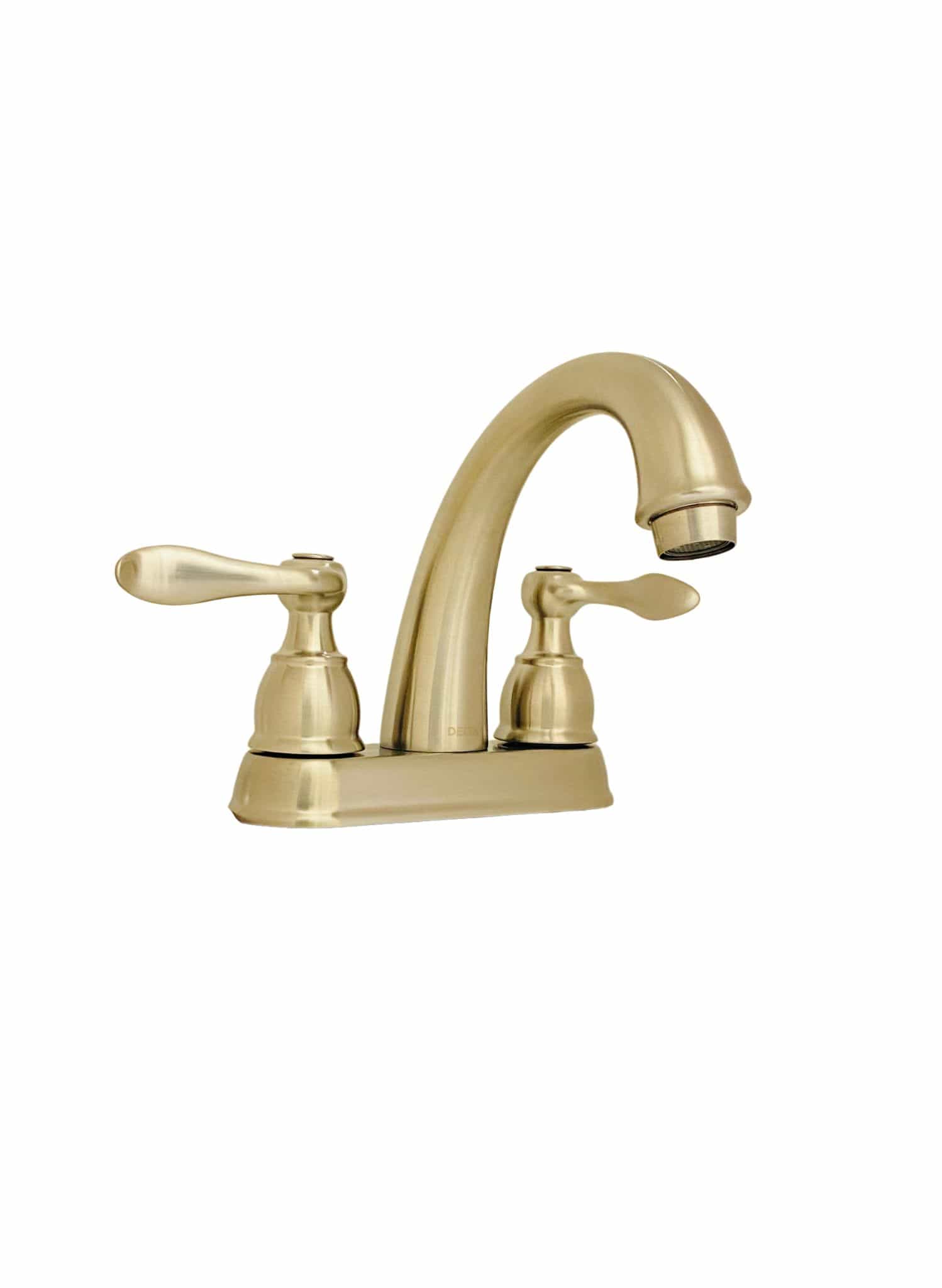
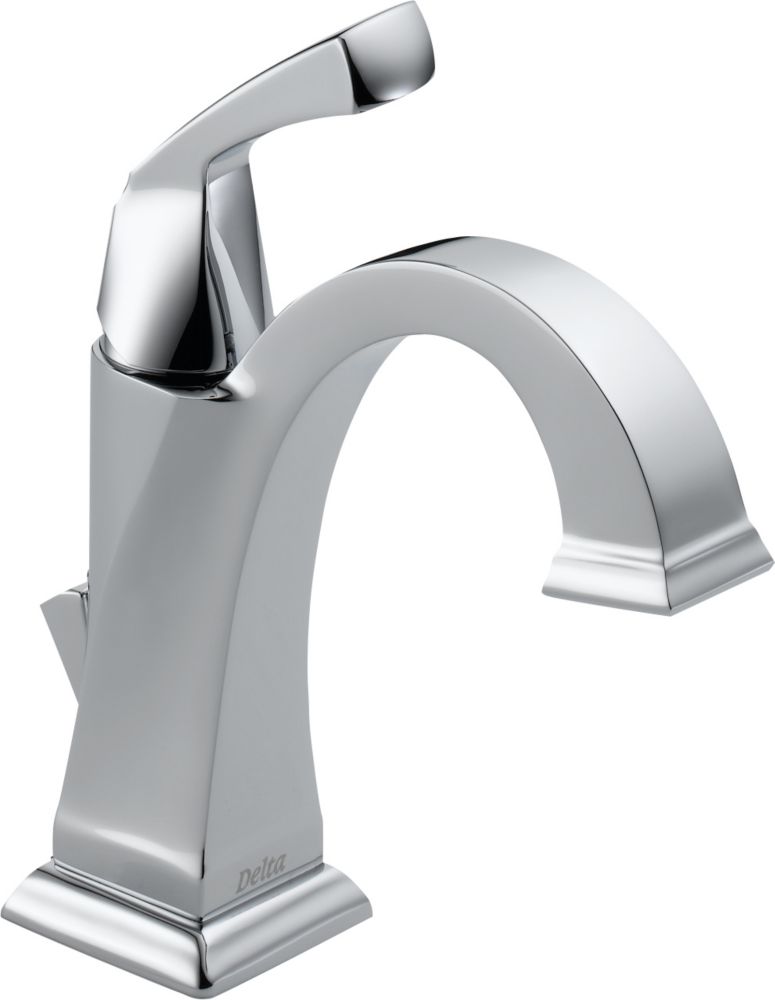







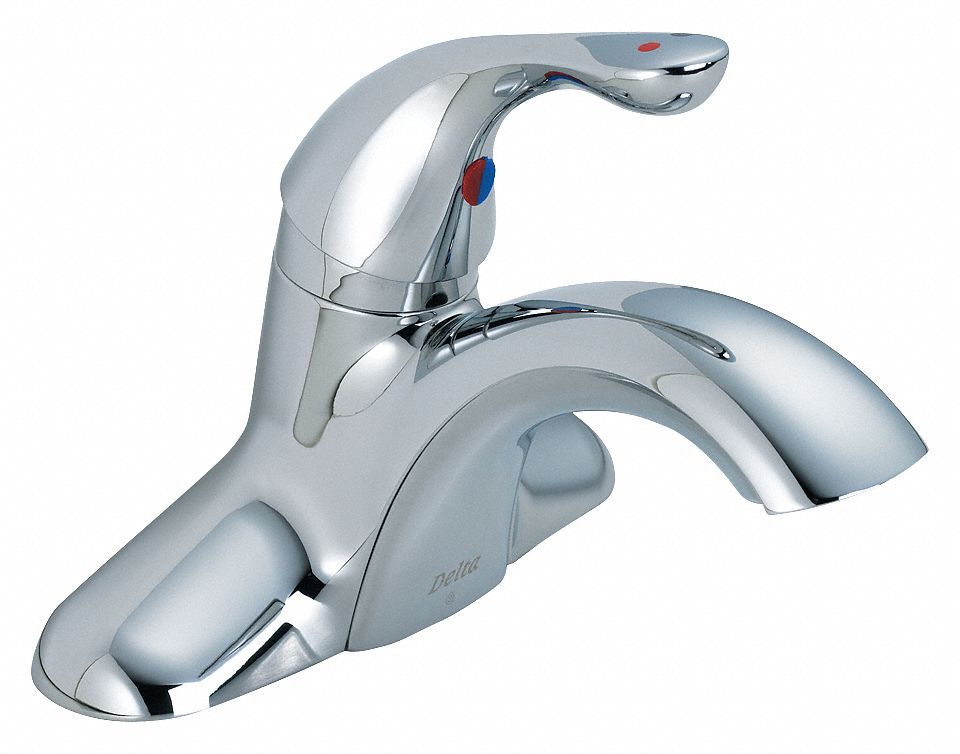







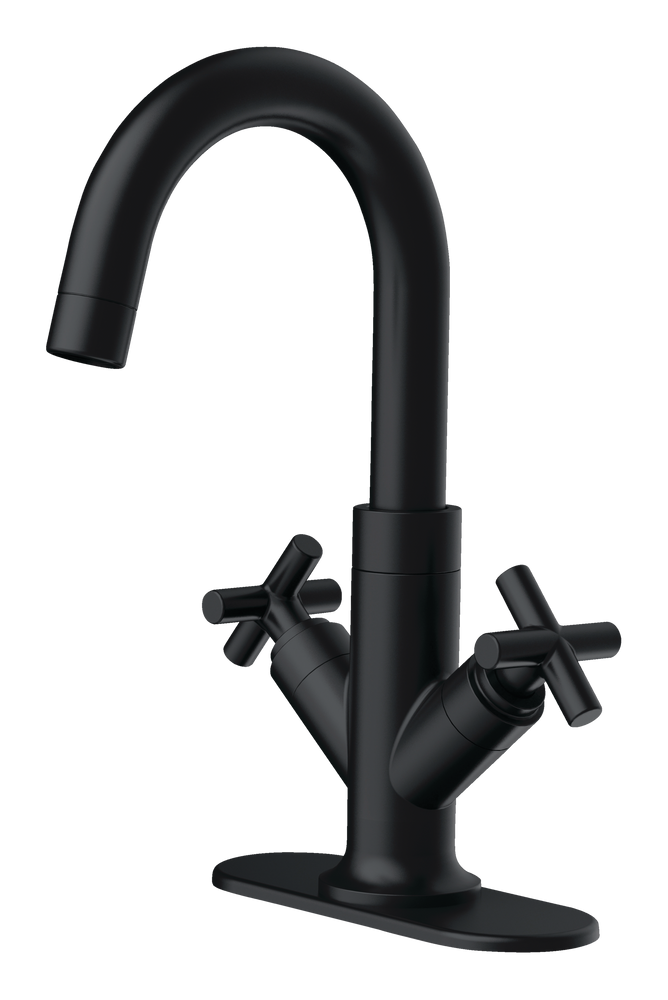







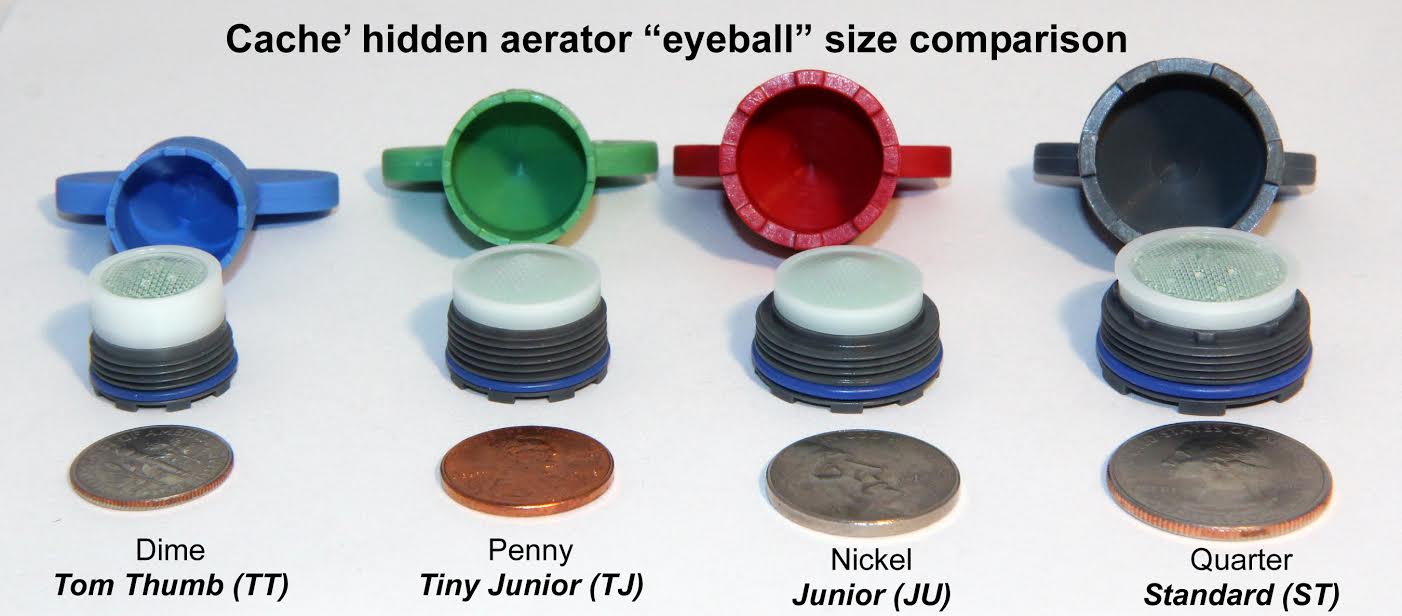
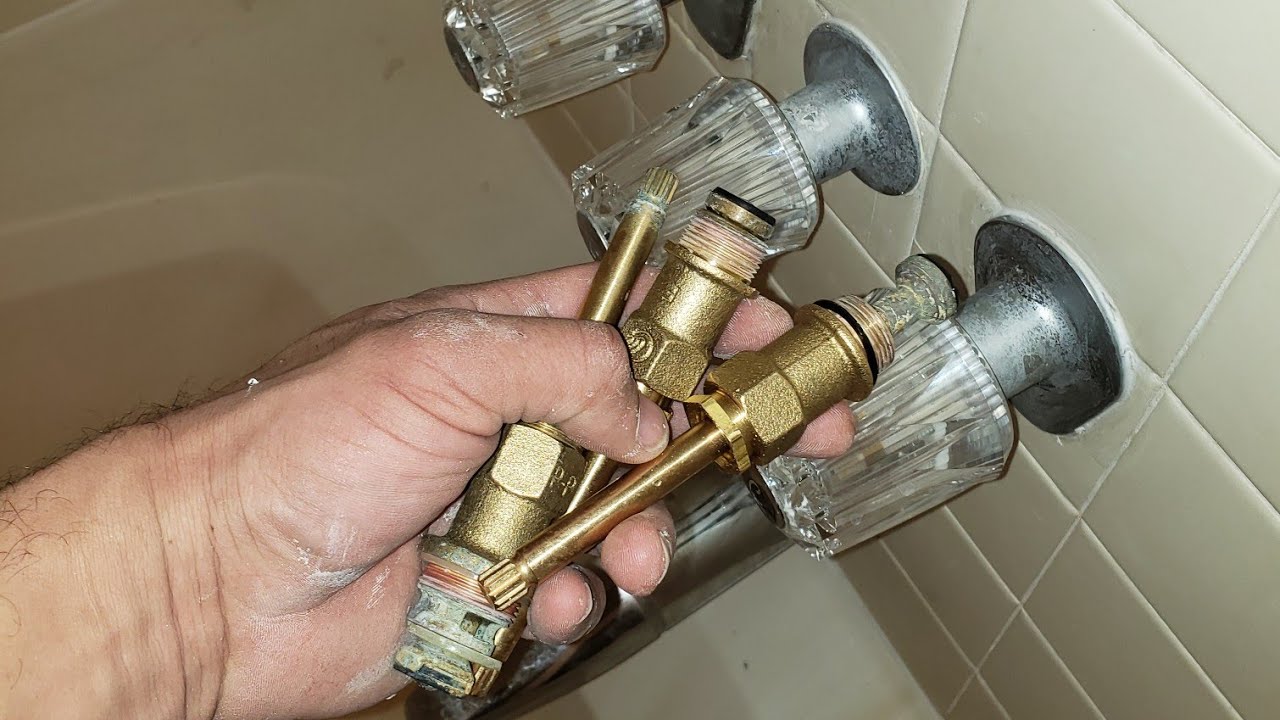







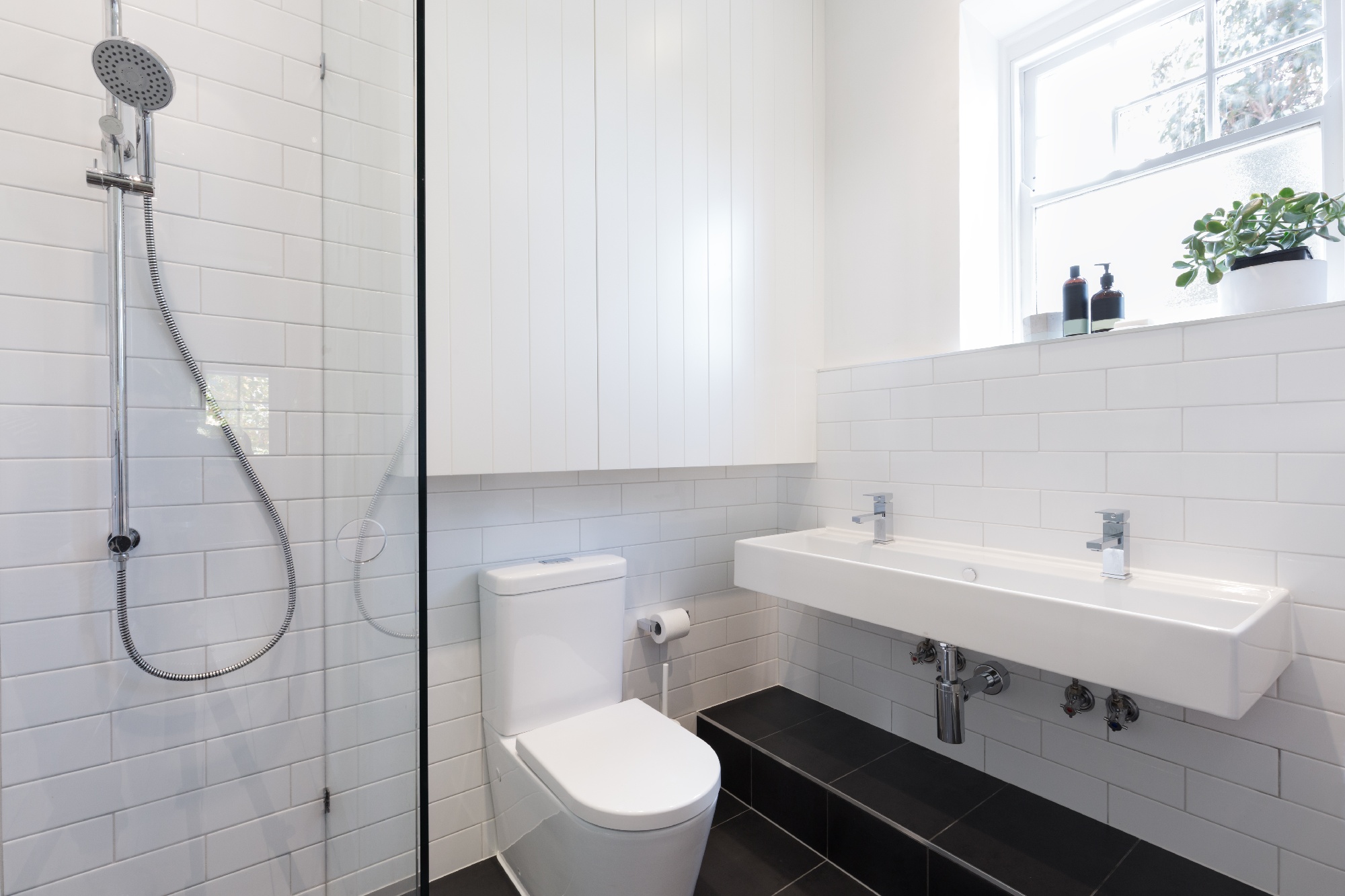






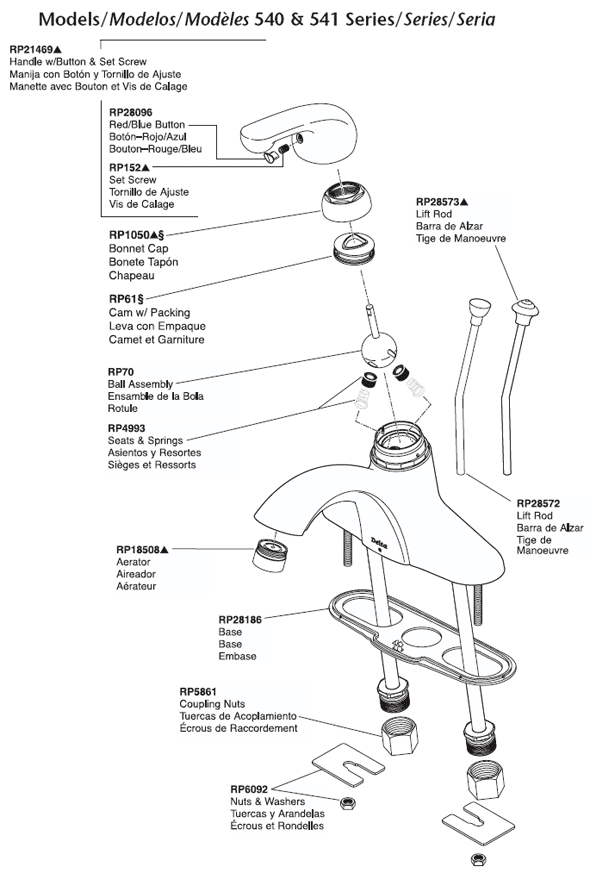
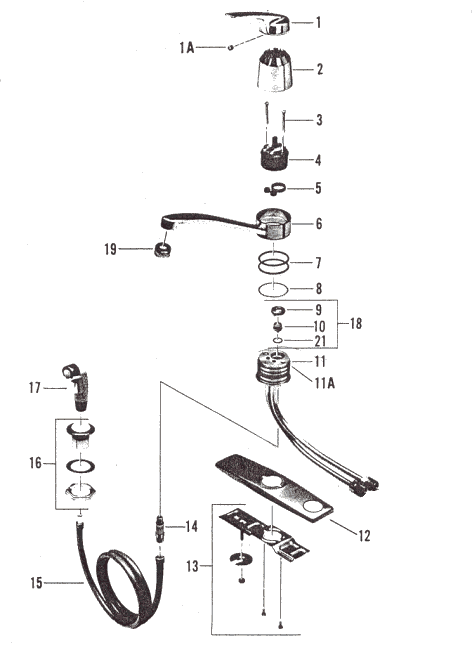




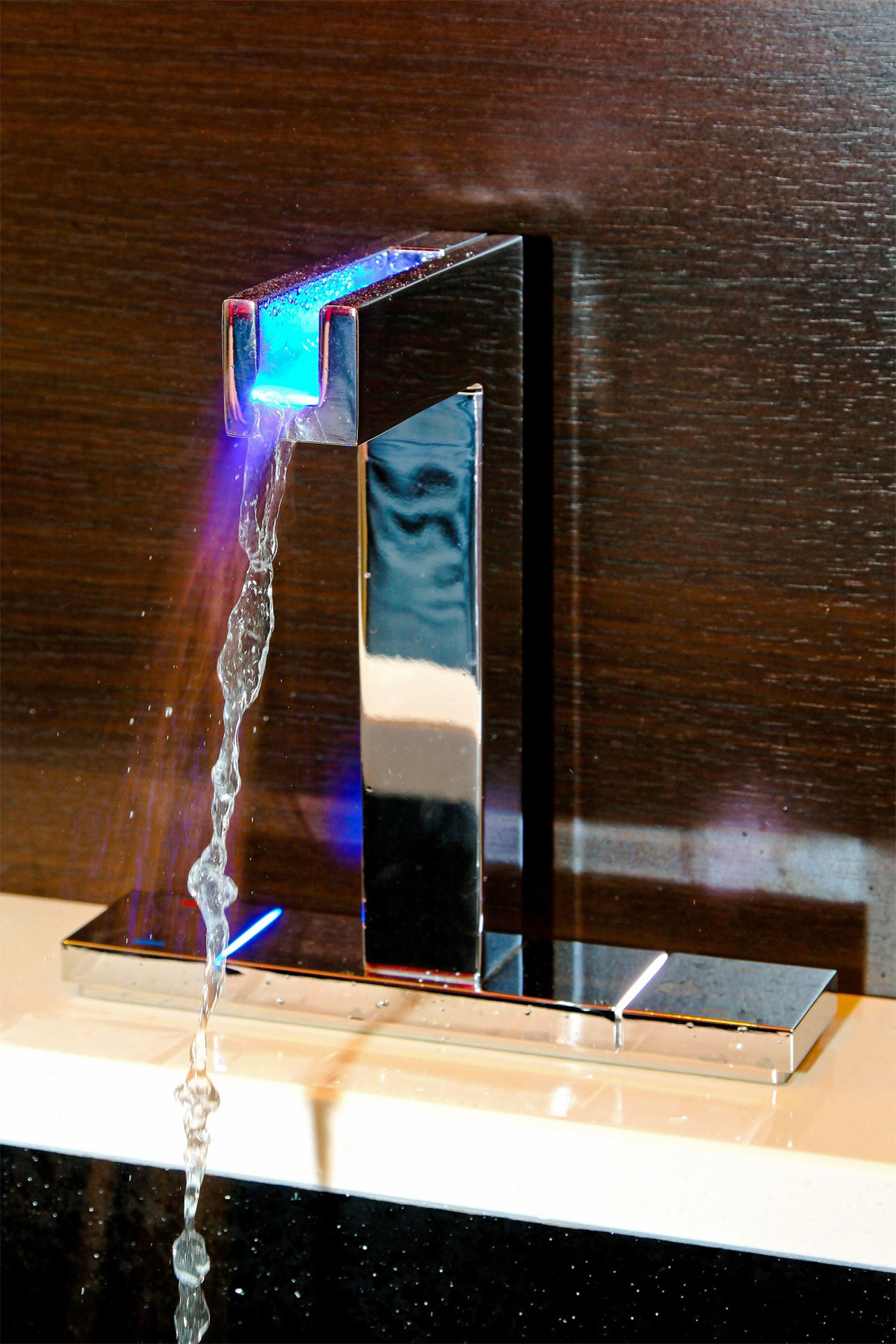

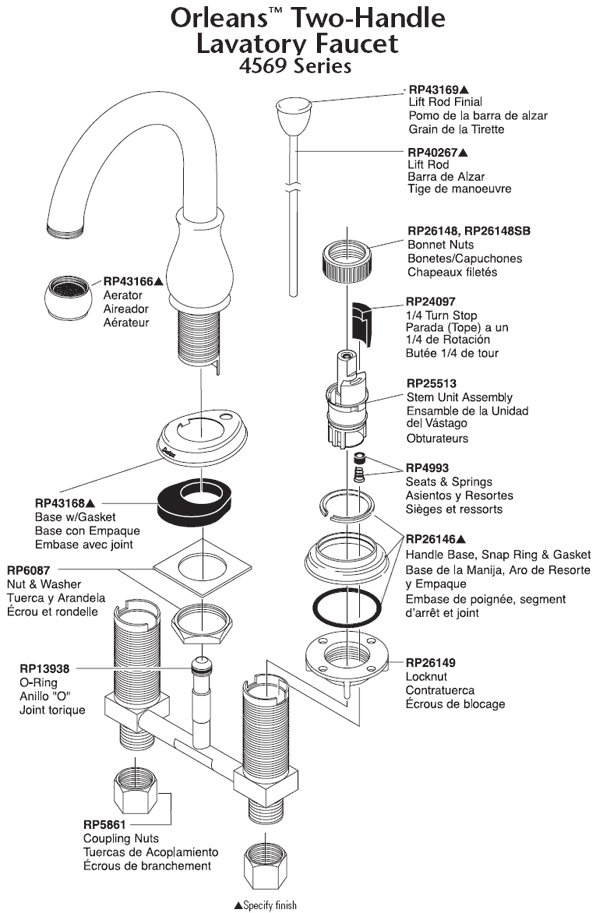














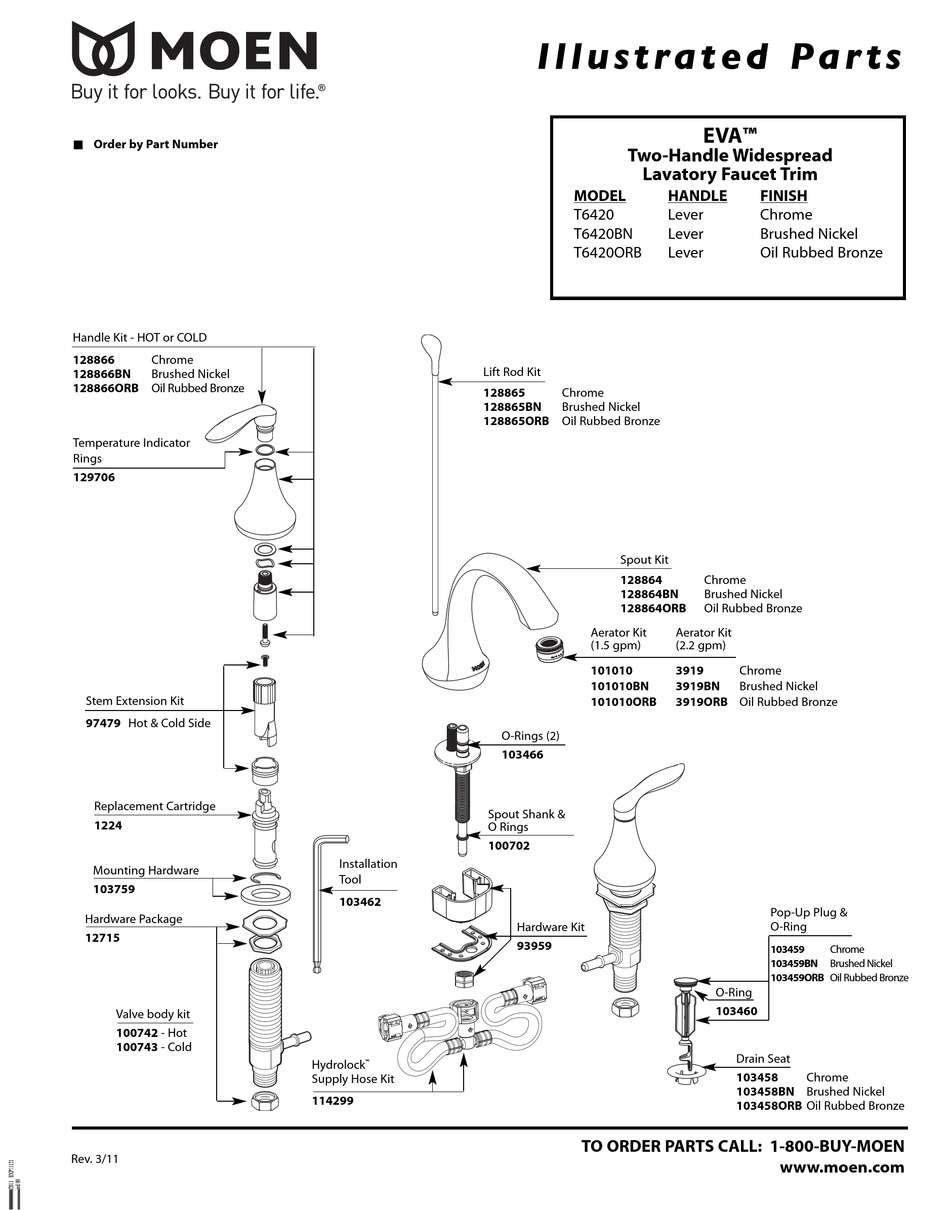
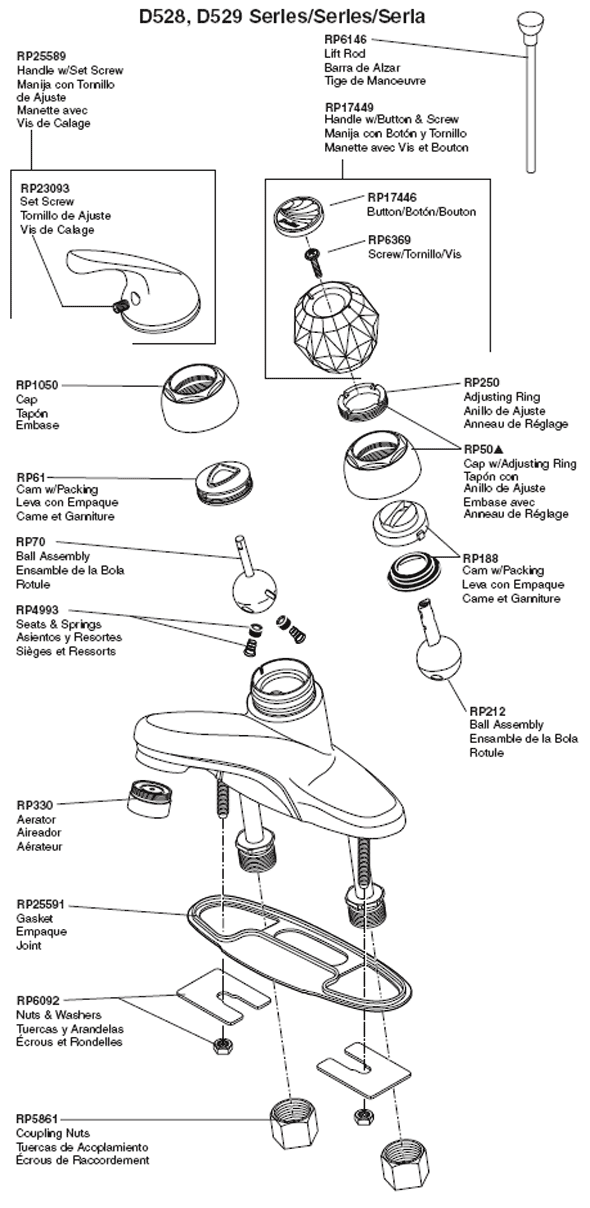
:max_bytes(150000):strip_icc()/steam-cleaning-professional-vs-diy-2908776-hero-24ffd77737924bca908036dabcdcbbad.jpg)
